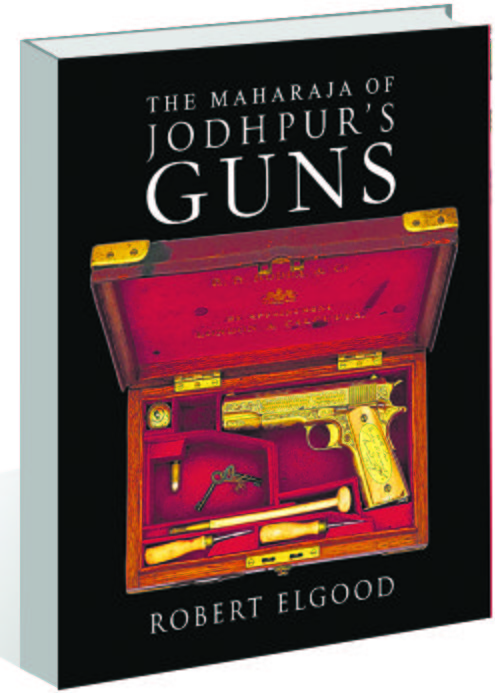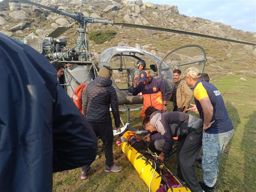The Maharaja of Jodhpur’s Guns by Robert Elgood. Niyogi. Pages 368. Rs 4,500
Book Title: The Maharaja of Jodhpur’s Guns
Author: Robert Elgood
Meet Malhotra
The cover photograph, heft and feel of the coffee table book, “The Maharaja of Jodhpur’s Guns”, is enough to make a gun lover drool. My initial excitement turned to confusion as the book attempts far more than what its caption and cover suggest.

jezail from Sindh.
Pages upon pages of scholarly writing regarding the evolution of guns are well researched but in such tedious detail that they do not fit well with the coffee table character. After all, such books are more for glossy pictures, less for elaborate texts! The history of various types of guns introduced in India keeps an eager reader away from what should really have been the central theme — photographs and brief descriptions of some of the exquisite fire arms owned by the Maharaja of Jodhpur. Indeed, there is plenty of that fare too, but the overly scholarly and elaborate details of the starters nearly mar the main course.
The book, however, soon redeems itself and we get to see what the cover whetted our appetite for — excellent photography and descriptive sketches of some of the guns belonging to the erstwhile Maharaja and his family.

Pictures of sporting guns of classic pedigree — Purdy and Sons, Holland and Holland, Churchill Brothers, etc — abound. Photography and printing is of high order, showing, in many instances, the beautiful detailing and engraving on the guns, transforming the weapons to a work of art. Recounting of some story or history associated with each gun makes for greater interest. Guns of American manufactures are not far behind. In many cases, special engraving or grips show the exclusive ownership of the weapons. Pictures of pistols from Colt, Browning, Hi-Standard, Luger, Walther are aplenty.
Of special interest is the chapter dealing with guns made under the directions of Maharaja Hanwant Singh, who was, it would appear, our indigenous John Browning! His interest in small arms, design and manufacture was evident in his making his own version of the 1918 Thompson sub-machine gun. He also got made a unique .22 pencil pistol at his workshop. His precocity was apparent by the bull-pup configuration rifle designed by him well before the configuration become popular in the 1970s.
Overall, as a coffee table assemblage, the book recommends itself. Hits the bull’s eye, if you will, specially for gun buffs.














